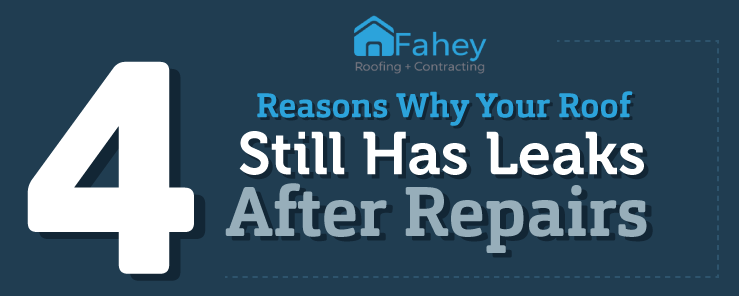Examining The Financial Aspects Of Solar Energy Setup: Is It A Worthwhile Financial Investment?
Examining The Financial Aspects Of Solar Energy Setup: Is It A Worthwhile Financial Investment?
Blog Article
Material Created By-Storm Jensen
When taking into consideration the costs of solar installation, you may question the in advance investment required and whether it straightens with the potential long-lasting benefits. Understanding the intricacies of these expenses and the numerous variables influencing the overall return can shed light on the value proposition of transitioning to solar energy. By assessing both the preliminary configuration prices and the predicted savings in time, you can obtain understanding into whether the investment in solar installment holds pledge for your monetary future.
First Arrangement Expenditures
When thinking about the expenses of solar setup, the preliminary arrangement expenditures play a critical role in your decision-making procedure. These in advance expenses consist of the price of solar panels, inverters, mounting devices, and installation labor.
The price of solar panels can vary relying on the brand name, efficiency, and dimension you pick. https://earth.org/what-are-the-advantages-and-disadvantages-of-solar-energy/ are necessary for converting the sun's energy into usable electrical power and come in different kinds such as string inverters, microinverters, and power optimizers, each with its very own expense implications.
Mounting tools, such as shelfs and rails, is essential to securely mount photovoltaic panels on your roof covering or residential or commercial property.
The setup labor cost covers the specialist setup of the planetary system, making sure that everything is set up appropriately and successfully. Keep in web link that while these preliminary arrangement expenditures may seem high, there are usually refunds, tax incentives, and funding options offered to assist balance out the prices and make solar installation more affordable in the long run.
Long-Term Cost Savings Analysis
To comprehend the economic benefits of solar installation in time, it's important to carry out a detailed long-term savings analysis. While the first setup expenses of solar panels may seem overwhelming, the lasting savings can exceed these expenses substantially. By using the power of the sun to generate electrical energy for your home, you can possibly save hundreds of dollars on your energy costs over the lifespan of your solar system.
Among the essential factors to consider in a long-term savings analysis is the reduction in your electrical power bills. With solar panels, you can create your electrical energy, lowering and even eliminating your dependence on the grid. This can result in considerable cost savings, specifically as utility prices remain to rise.
In addition, several governments use motivations such as tax credit histories and discounts for mounting photovoltaic panels, even more improving your lasting savings. By benefiting from these incentives and optimizing your solar power production, you can appreciate considerable economic advantages for several years ahead.
Roi Calculation
Taking into consideration the financial benefits of solar installation, it's time to evaluate the Roi (ROI) computation. Establishing the ROI includes contrasting the total prices of mounting a planetary system with the economic benefits it generates over its life expectancy.
To determine ROI, separate the web make money from the system by the total financial investment price and increase by 100 to obtain a percentage. The ROI formula is: (Web Earnings/ Overall Financial Investment Expense) x 100.
As an example, if the total price of mounting a planetary system is $20,000, and over its life-span, it creates financial savings and profits amounting to $30,000, the net profit would be $10,000. Separating this by the overall financial investment expense of $20,000 provides a proportion of 0.5. Increasing this by 100 gives an ROI of 50%.
Generally, a greater ROI shows an extra monetarily satisfying investment. Variables like government incentives, maintenance expenses, and power price changes can impact the ROI of solar setups. Comprehending the ROI assists in examining whether investing in solar power deserves it in the future.
Conclusion
Finally, understanding the expenses of solar setup is essential for determining if it deserves the financial investment. By taking into consideration first configuration expenses, carrying out a long-term financial savings analysis, and computing the roi, you can make an informed decision regarding the economic worth of solar power. With the capacity for decreased utility expenses and raised energy self-reliance, purchasing solar setup can be a clever selection for both your wallet and the atmosphere.
